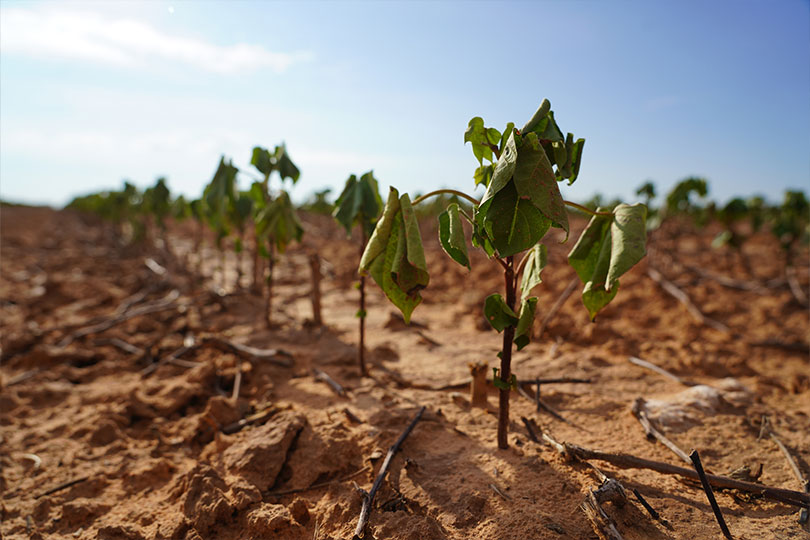Last year will go into the record books as the third-costliest year for weather disasters in U.S. history, with an estimated $165 billion in total economic losses.
New analysis by American Farm Bureau Federation (AFBF) economists shows extreme weather caused more than $21 billion in crop losses in 2022.
The impact to America’s farms and ranches demonstrates the importance of farm bill programs to help rural communities recover from weather-related disasters.
The Market Intel, part of AFBF’s series on disaster losses, analyzes and summarizes total crop loss estimations across all major weather events for 2022, including hurricanes Fiona and Ian, the June 13 derecho that impacted several central U.S. states and the ongoing drought affecting much of the Western U.S.
The report also analyzes the coverage—and coverage gaps—provided by existing risk management programs, such as crop insurance, as well as ad hoc disaster assistance like the Farm Service Agency’s new Emergency Relief Program (ERP), previously known as the Wildfire and Hurricane Indemnity Plus Program (WHIP+).
“Over $11 billion in losses were covered by existing Risk Management Agency programs as of February 2022. Over $10 billion in losses were not insured through RMA, existed outside policies’ coverage levels, or did not qualify under an existing risk management program,” AFBF economists said.
This highlights the importance of inclusive protections for growers of all crops in all regions of the nation.
“It’s not hard to see why programs like crop insurance and disaster coverage are vital to the livelihoods of farmers and ranchers, and the stability of our country as a whole,” AFBF President Zippy Duvall said. “Even a brief analysis of estimates from last year’s disaster losses proves why a strong farm safety net is a necessity. When you have nature as a business partner, you need a strong support system to help put the pieces back together when the unexpected happens.”
In 2022, Texas suffered the most significant hit, with over $6.4 billion in incurred losses primarily made up of $2.9 billion in damages to cotton, $1.7 billion in damages to forage and rangeland and nearly $1 billion in wheat damage. The majority of those losses were attributed to widespread exceptional drought conditions but also partly linked to May hailstorms and severe weather in April.
The full extent of damage across agriculture is likely far higher as crop loss estimates do not include infrastructure damage, livestock losses, horticulture crop losses or timber losses associated with the weather events.

